Introduction
In the vast culinary landscape of China, dumplings stand as a timeless emblem of culinary excellence and cultural heritage. Their versatility allows for endless variations, each reflecting the unique flavors and ingredients of different regions. Among these myriad delights, rapeseed (also known as canola) cabbage dumplings offer a refreshing, nutritious, and subtly sweet twist that is both comforting and exhilarating. Creating a delicious rapeseed cabbage dumpling filling involves a blend of meticulous preparation, thoughtful ingredient selection, and a touch of culinary creativity. This guide aims to demystify the process, ensuring that even the most novice cook can achieve dumpling perfection.
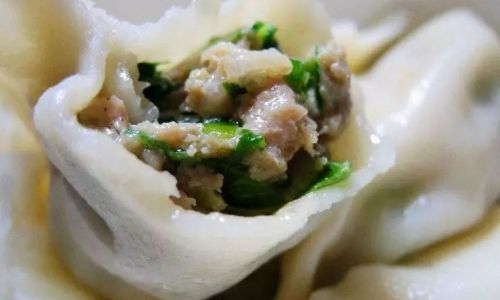
Understanding Rapeseed Cabbage
Before diving into the recipe, it’s crucial to understand the star ingredient: rapeseed cabbage. Rapeseed, more commonly known as canola in many parts of the world, belongs to the Brassica family, which includes broccoli, kale, and Brussels sprouts. When referring to rapeseed cabbage for dumplings, we’re typically talking about the tender leaves of the Brassica napus plant, which are mild in flavor with a slightly sweet and nutty undertone. This cabbage variety is low in calories but high in vitamins and minerals, making it an ideal choice for health-conscious eaters.
When selecting rapeseed cabbage for your dumplings, look for firm, crisp leaves with a vibrant green color. Avoid any that are wilted, yellowing, or have signs of decay. Freshness is key to ensuring the best texture and flavor in your filling.
Preparing the Rapeseed Cabbage
-
Cleaning and Shredding: Begin by thoroughly washing the cabbage leaves under cold running water to remove any dirt or pesticides. Pat them dry using a clean kitchen towel or paper towels. Once dry, use a sharp knife or a mandoline to finely shred the leaves. Alternatively, you can use a food processor fitted with a shredding blade, but be cautious not to over-process, as you want to maintain some texture.
-
Salting and Draining: To remove excess moisture and enhance the cabbage’s flavor, sprinkle a generous amount of salt over the shredded cabbage and toss well to coat each piece. Let it sit for about 15-20 minutes, allowing the salt to draw out the liquid. After this time, transfer the cabbage to a colander and press down firmly with your hands or a clean kitchen towel to extract as much liquid as possible. This step is crucial for preventing your dumplings from becoming soggy.
Choosing Complementary Ingredients
The beauty of dumplings lies in their ability to harmonize a multitude of flavors into one bite. When crafting your rapeseed cabbage filling, consider the following ingredients to create a balanced and delicious profile:
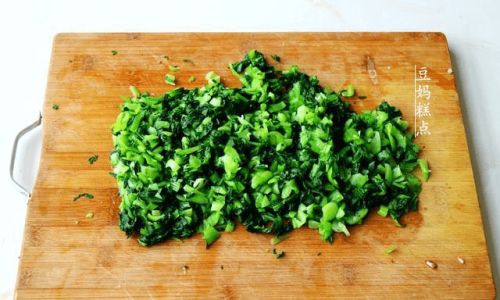
- Ground Pork or Chicken: Provides a rich, savory base that complements the cabbage’s sweetness.
- Fresh Herbs: Coriander (cilantro), scallions, and garlic add layers of freshness and aroma.
- Ginger: A small piece, finely grated, helps to balance the flavors and add a subtle warmth.
- Soy Sauce and Sesame Oil: Essential for depth of flavor and a hint of umami.
- Chinese Five-Spice Powder: Optional but adds a complex, aromatic touch.
- Water Chestnuts: For a crunchy texture contrast.
- Egg: Helps to bind the filling together without making it too dense.
- Salt and Pepper: To taste, for seasoning.
Mixing the Filling
-
Prepare the Meat: If using ground pork or chicken, it’s often best to lightly season it before mixing with the cabbage. Add a splash of soy sauce, a drizzle of sesame oil, a pinch of salt, and freshly ground black pepper. Mix well and let it marinate for a few minutes while you prepare the other ingredients.
-
Combine Ingredients: In a large mixing bowl, combine the drained and pressed cabbage with the marinated meat. Add finely chopped scallions, coriander, grated ginger, and any other herbs or vegetables you’ve chosen to include. If using water chestnuts, finely dice them and fold them in as well.
-
Binding the Mixture: To ensure your filling holds together well, add one beaten egg to the mixture and mix thoroughly until everything is evenly distributed and the mixture starts to come together. Be careful not to overwork it, as this can lead to a denser texture.
-
Taste and Adjust: Before proceeding, take a small spoonful of the filling and cook it quickly in a microwave or on a stovetop to taste. Adjust the seasoning accordingly, adding more soy sauce, sesame oil, or spices if needed.
Wrapping the Dumplings
The art of dumpling wrapping is both a skill and a meditative practice. Here’s a basic guide to getting started:
-
Prepare Your Workstation: Lay out a clean, dry surface and have a bowl of water nearby for sealing the dumplings. Place a stack of round dumpling wrappers (available at Asian markets or well-stocked supermarkets) on one side.
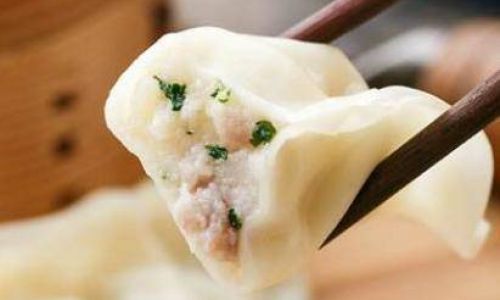
-
Shape the Filling: Take a spoonful of the filling and place it in the center of a wrapper. Be generous but not excessive, as you want to be able to seal the dumpling without tearing the wrapper.
-
Fold and Seal: Fold the wrapper in half, pinching the edges together to form a half-moon shape. To ensure a tight seal, use a bit of water on your fingertips to moisten the edges before pinching. For added intricacy, you can create pleats by folding and pinching the edges in a decorative pattern.
-
Place on a Tray: As you finish wrapping each dumpling, place it on a lightly floured tray or plate to prevent sticking.
Cooking the Dumplings
There are several methods to cook dumplings, each yielding slightly different results:
-
Boiled: Place the dumplings in a pot of simmering water. Once they float to the surface, cook for an additional 2-3 minutes. This method保留s the dumplings’ shape and texture well.
-
Pan-Fried: Heat a non-stick skillet with a small amount of oil over medium heat. Add the dumplings in a single layer and cook until the bottoms are golden brown. Then, add a splash of water to the pan, cover, and steam for about 5 minutes until the filling is cooked through. This method creates a crispy bottom and soft, steamed interior.
-
Steamed: Arrange the dumplings in a single layer on a steaming rack over boiling water. Cover and steam for about 10-12 minutes. This method is ideal for those who prefer a lighter, healthier option.
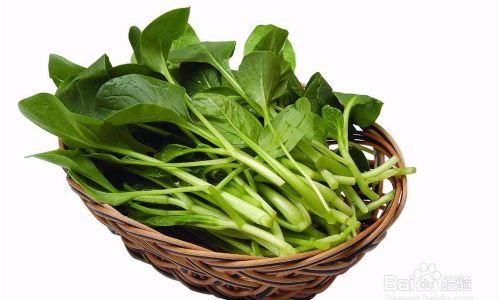
Serving and Enjoying
Once cooked, your rapeseed cabbage dumplings are ready to be enjoyed. Serve them hot, accompanied by a dipping sauce made from a mixture of soy sauce, rice vinegar, sesame oil, chili oil (optional), and finely chopped scallions or garlic. For an added touch of elegance, garnish with a sprinkle of sesame seeds or chopped fresh herbs.
Conclusion
Crafting delicious rapeseed cabbage dumplings is a rewarding culinary endeavor that combines precision, creativity, and a deep appreciation for the simple joys of food. By following these steps and embracing the art of dumpling-making, you’ll be able to create mouthwatering, nutritious, and visually stunning dumplings that are sure to impress even the most discerning palate. Whether enjoyed as a comforting meal at home or shared with friends and family, these dumplings will become a cherished part of your culinary repertoire. Happy cooking!
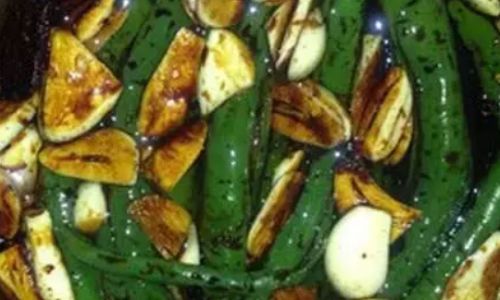
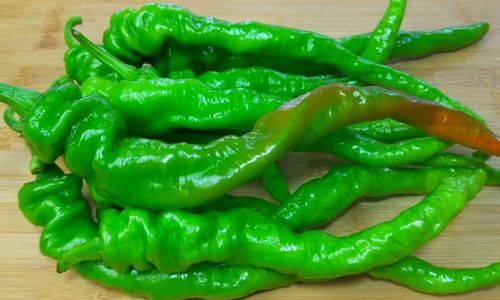
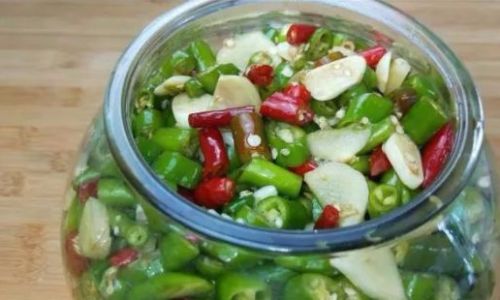
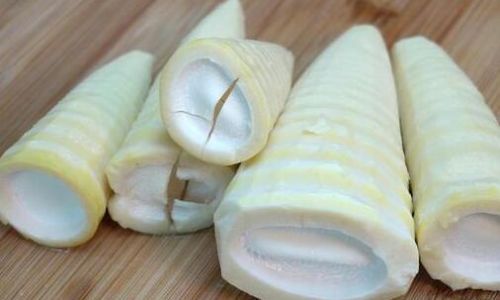


0 comments